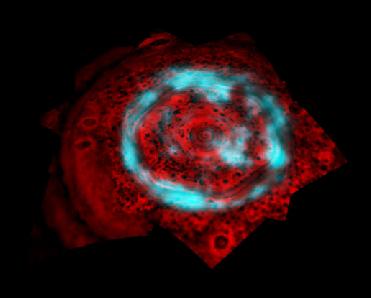
This image of the northern polar region of Saturn shows both the aurora and underlying atmosphere, seen at two different wavelengths of infrared light as captured by NASA's Cassini spacecraft. (Credit: NASA/JPL/University of Arizona)
WASHINGTON (BNS): NASA's Cassini spacecraft through one of its infrared instruments has captured a unique brand of aurora on Saturn that lights up the polar cap.
The aurora on Saturn is incomparable to any other planetary aurora known in the solar system.
Speaking about the aurora on the distant planet, Tom Stallard, a scientist working with Cassini data at the University of Leicester, England, said such an aurora has not been seen elsewhere.
"It's not just a ring of auroras like those we've seen at Jupiter or Earth. This aurora covers an enormous area across the pole. Our current ideas on what forms Saturn's aurora predict that this region should be empty, so finding such a bright aurora here is a fantastic surprise," Stallard was quoted as saying by science journal Nature in its latest issue.
"Saturn's unique auroral features are telling us there is something special and unforeseen about this planet's magnetosphere and the way it interacts with the solar wind and the planet's atmosphere," said Nick Achilleos, scientist at University College London, working with the Cassini magnetometer team at Imperial College. "Trying to explain its origin will no doubt lead us to physics which uniquely operates in the environment of Saturn."
The scientist said the new infrared aurora appears in a region hidden from NASA's Hubble Space Telescope, which has provided views of Saturn's ultraviolet aurora. Cassini observed it when the spacecraft flew near Saturn's polar region. "In infrared light, the aurora sometimes fills the region from around 82 degrees north all the way over the pole. This new aurora is also constantly changing, even disappearing within a 45 minute-period," he added.
According to NASA, auroras are caused by charged particles streaming along the magnetic field lines of a planet into its atmosphere. Particles from the Sun cause Earth's auroras. Many, but not all, of the auroras at Jupiter and Saturn are caused by particles trapped within the magnetic environments of those planets.
"Jupiter's main auroral ring, caused by interactions internal to Jupiter's magnetic environment, is constant in size. Saturn's main aurora, which is caused by the solar wind, changes size dramatically as the wind varies. The newly observed aurora at Saturn, however, doesn't fit into either category," NASA said.
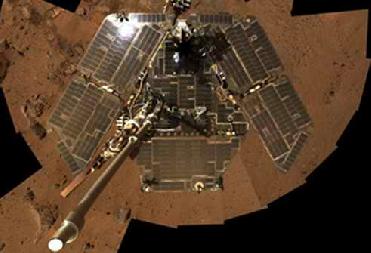 Previous Article
Previous Article Next Article
Next Article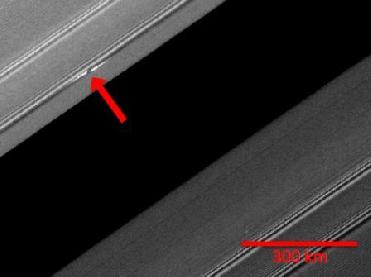
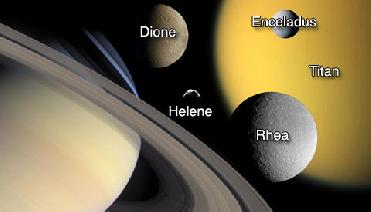
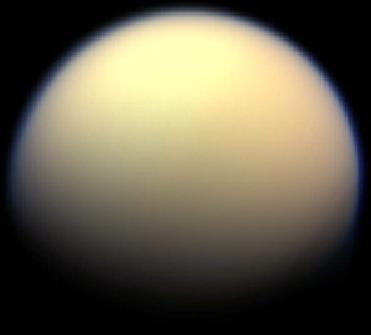
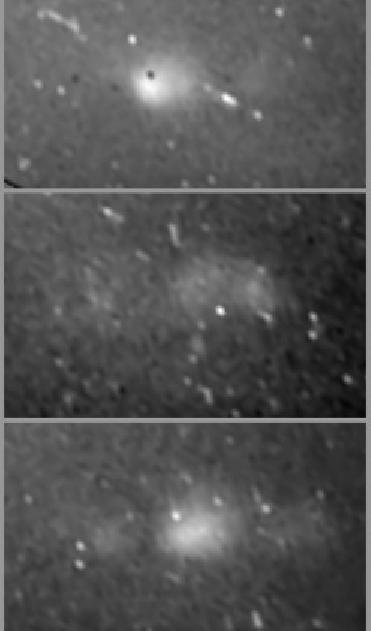










The Indian Air Force, in its flight trials evaluation report submitted before the Defence Ministry l..
view articleAn insight into the Medium Multi-Role Combat Aircraft competition...
view articleSky enthusiasts can now spot the International Space Station (ISS) commanded by Indian-American astr..
view article